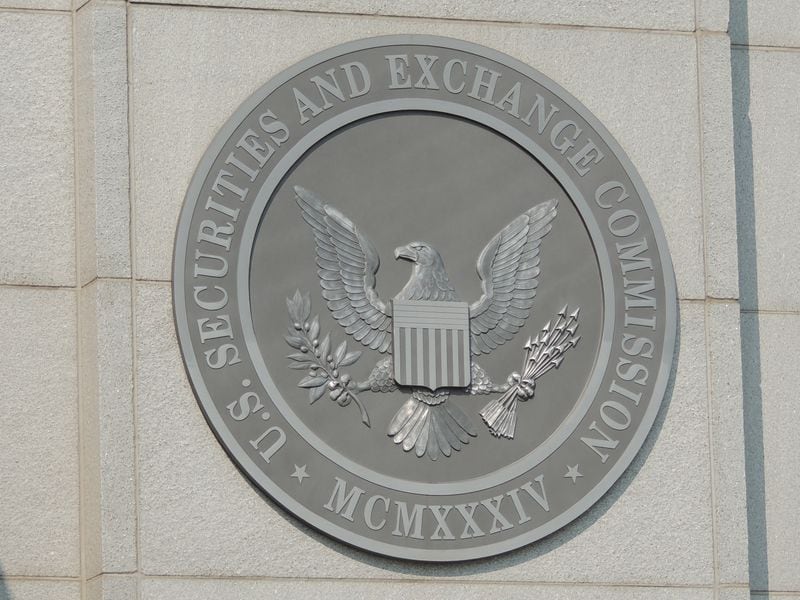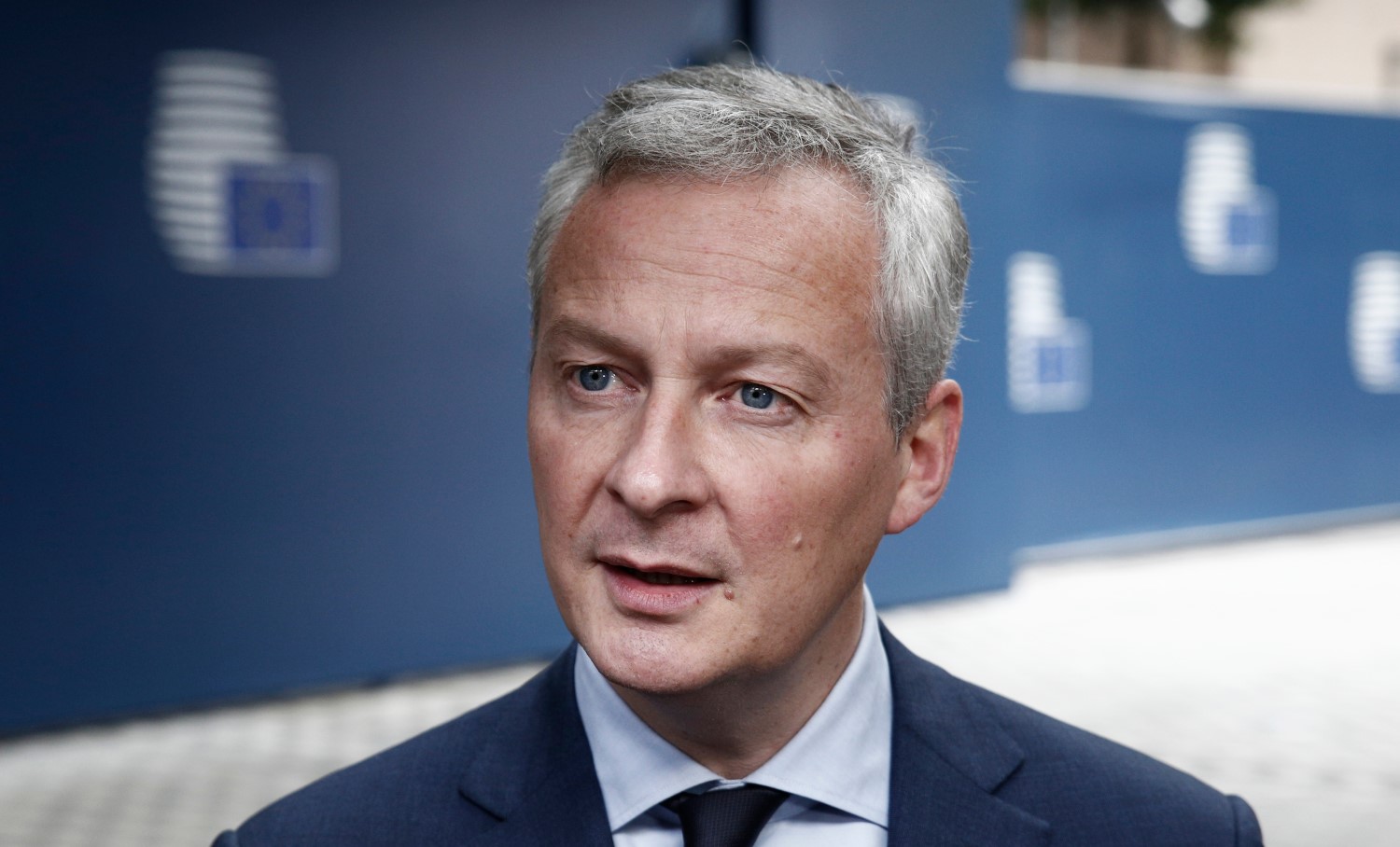SBF Is Going to Prison for 25 Years
/arc-photo-coindesk/arc2-prod/public/LXF2COBSKBCNHNRE3WTK2BZ7GE.png)
Sam Bankman-Fried is going to prison. He won’t be spending time in a maximum security facility, and he’ll be placed as close to his family in the San Francisco Bay Area as possible, but he’s going to prison nonetheless – and he’ll be there for the next 25 years.
Bankman-Fried was sentenced to 25 years in federal prison yesterday, nearly six months after being convicted on a host of fraud charges tied to his role in the implosion of the FTX exchange and Alameda Research trading firm in November 2022.
The sentence is lengthy, but it could have been much harsher – it’s only a quarter of the 105 years recommended by the Department of Probation, and roughly half of the 40-50 year sentence prosecutors pushed the New York court overseeing Bankman-Fried’s case to impose.
That said, it’s also much higher than the five to 6.5 year sentence Bankman-Fried and his lawyers were hoping for.
You’re reading The SBF Trial, a CoinDesk newsletter bringing you daily insights from inside the courtroom where Sam Bankman-Fried will try to stay out of prison. Want to receive it directly? Sign up here.
The defense relied on a combination of arguments – most importantly, that no one actually lost money in the FTX collapse because the estate has pledged to pay them back – and character statements about Bankman-Fried to support their conclusions that it was, essentially, unfair to compare their client to other “stone cold financial assassins,” as lead defense attorney Marc Mukasey put it, like Bernie Madoff and Karl Greenwood.
Kaplan tossed out the first argument as bunk, saying he “reject[ed] entirely” the defense’s argument that no one was hurt in the collapse and describing it as “misleading… logically, flawed…and speculative”.
The assertions that Bankman-Fried had a heart of gold – that he was motivated solely by altruistic impulses and was a “beautiful puzzle” with “a terrible sadness at his core” – were equally unpersuasive to Kaplan. So too were attempts to use Bankman-Fried’s autism diagnosis as an explanation for some of his poor choices, including attempted witness tampering.
In Kaplan’s eyes, Bankman-Fried’s effective altruism was “an act” – instead of the gentle-souled, “awkward math nerd” his lawyers and family attempted to paint him as, the Bankman-Fried of Kaplan’s courtroom was power-hungry, a liar, someone drawn to reckless gambling who’d insufficiently expressed remorse for his crimes and had an “exceptional flexibility with the truth.”
“When he wasn’t outright lying, he was often evasive, hairsplitting, dodging questions and trying to get the prosecutor to reword questions in ways that he could answer in ways he thought less harmful than a truthful answer to the question that was posed would have been,” he said. “I’ve been doing this job for close to 30 years. I’ve never seen a performance quite like that.”
Kaplan pointed out three instances of perjury during Bankman-Fried’s trial testimony taking care to stress repeatedly that they were not the only instances, just enough to make his point.
Kaplan seemed particularly struck by Caroline Ellison’s testimony that Bankman-Fried was drawn to coin-flips, that he was willing to take enormous risks as long as there was a miniscule chance he’d succeed.
“In other words, a man willing to flip a coin as to the continued existence of life and civilization on earth, if the chances were imperceptibly greater that it would come out without that catastrophic outcome, that’s really a leitmotif in my judgment of this entire case,” Kaplan mused.
Though Mukasey said his “awkward math nerd” client had been sufficiently deterred by his six-month stint in a Brooklyn jail to prevent him from ever committing another financial crime, Kaplan disagreed, arguing that a longer sentence was necessary to deter Bankman-Fried from committing another serious financial crime.
Bankman-Fried is persistent, Kaplan said, and “a great marketing guy” who’d already used his “skills and drive” to attempt to shift the media narrative surrounding his case.
“It doesn’t take much imagination to see the outlines of the campaign [Bankman-Fried could use to rehabilitate his reputation],” Kaplan said. “The risk that this man will be in the position to do something very bad in the future – it’s not a trivial risk. It’s not a trivial risk at all.”
Kaplan also seemed to take seriously his duty to the public, to hand down a sentence that most people agree means Bankman-Fried gets his just desserts.
“At the end of the day, the criminal justice system in this country can enjoy the support of the public … only if, on the whole, people think it works fairly,” Kaplan said. “That’s what we depend on. If that’s not happening, we’re back to trial by combat, folks.”
With trial by combat out of the question (at least, for now), Bankman-Fried will have to serve his time the old-fashioned way. Kaplan did take his autism diagnosis and gentle nature into account in one regard – he recommended that Bankman-Fried be placed in a medium or low-security federal prison, preferably one that’s close to San Francisco, where his parents live, arguing that his autism, notoriety, and perceived wealth would make him vulnerable in a maximum security facility.
For those wondering if Bankman-Fried will get out early on good behavior, he won’t – not really. Thanks to the Sentencing Reform Act of 1984, Bankman-Fried – like all other federal prisoners – will only be eligible for a maximum 15% reduction for good behavior. Of course, everything could change in the (unlikely) case his lawyers successfully appeal the verdict, which they told the court Thursday they plan to do.
His lawyers have 14 days to submit an appeal.
— Cheyenne Ligon (Nikhilesh De contributed reporting)
Courtroom scenes
-
While only 65 people lined up by 8:30, the courtroom and overflow room were packed by the time the sentence was actually read. There were roughly 100 people in the overflow room, and the courtroom was standing-room only.
-
Bankman-Fried’s parents were present, as they have been through the trial.
-
Judge Lewis Kaplan spoke in a gentle tone, but was pretty harsh toward Bankman-Fried while reading the sentence: “What we did not hear is accepting responsibility for lying, for stealing, or for fraud. He recognizes errors were made. He does not recognize, though, that they were because of wrongs he committed. He didn’t swear off doing it again. As a matter of fact, I was struck at the end by the comments that there is an opportunity here, that there is an opportunity that someone, maybe his former coworkers, maybe someone else, could relaunch FTX, or something of an equivalent and, without the mismanagement or the liquidity crisis, things could work out. And that, I submit, tells the Court exactly where things could be. We cannot see into the future.”
-
Similarly, while the judge used three specific examples of where he believed Bankman-Fried committed perjury (citing Bankman-Fried’s testimony about Alameda spending FTX customer funds, Alameda having an $8 billion liability or about Alameda needing customer funds to repay third-party loans), he said those were not the only times.
-
Thursday’s hearing was relatively brief. The judge walked through the sentencing guidelines (finding they added to 1,320 months, or 110 years, in prison), gave victims a chance to speak, heard closing arguments from the defense and prosecution and then announced his sentence. The entire hearing lasted roughly two hours.
What we’re expecting
Bankman-Fried may have been sentenced in his criminal trial, but this process isn’t over yet. He has 14 days to file an appeal, and his attorney said he would in court on Thursday.
In the meantime, Bankman-Fried technically still faces civil cases brought by the U.S. Securities and Exchange Commission (SEC) and Commodity Futures Trading Commission (CFTC).
The agencies might still seek to ban Bankman-Fried from being an officer or having a role in publicly-traded companies that participate in derivatives markets in future. They’ll also have to sort out any additional forfeiture or restitution issues that may be in play.
Separately, now that Bankman-Fried has been sentenced, we should start seeing sentencing hearings and memos for his fellow former executives turned prosecution witnesses. Namely, Caroline Ellison, Gary Wang, Nishad Singh and Ryan Salame (who didn’t testify).
Still, this is it for now. If there’s enough reader interest, we’ll absolutely bring this back for that as well. Until then, we’ll put a bow on this newsletter (again).
If you have questions about the trial, sentencing or overall process here, feel free to reply to this email.
Edited by Nikhilesh De.









